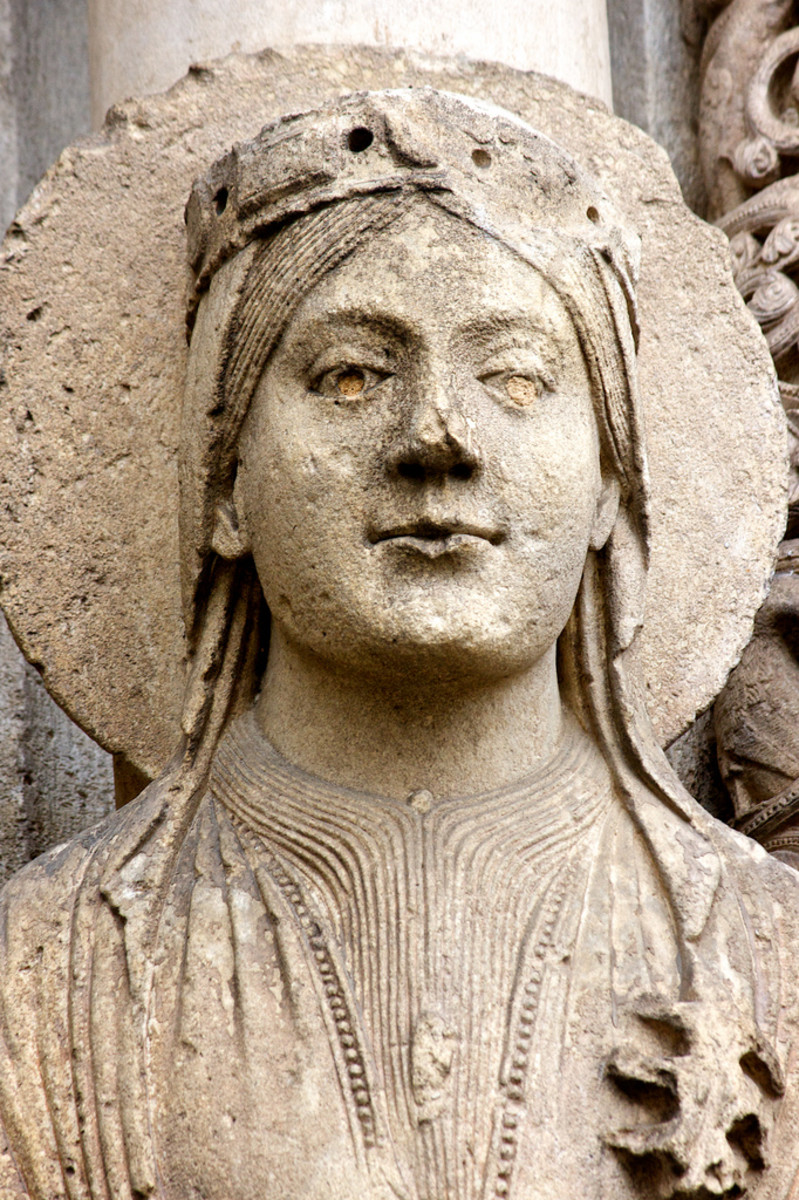
Ethiopian Christianity Part 3 Were Solomon And The Queen Of Sheba Romantically Involved, and
Queen Makeda. Dated between the 6th-14th centuries C.E., the Kebra Nagast (The Glory of Kings) is an important text to the Ethiopian Orthodox Church.It names the Queen of Sheba as the beautiful queen Makeda and identifies the land of Sheba as ancient Ethiopia.Kribus thoroughly examines the latter claim in his article "Where Is the Land of Sheba—Arabia or Africa?"

Queen of Sheba African queen, African royalty, African people
The Queen of Sheba Visits Solomon (). 10 When the queen of Sheba heard about the fame of Solomon and his relationship to the Lord, she came to test Solomon with hard questions. 2 Arriving at Jerusalem with a very great caravan —with camels carrying spices, large quantities of gold, and precious stones—she came to Solomon and talked with him about all that she had on her mind. 3 Solomon.
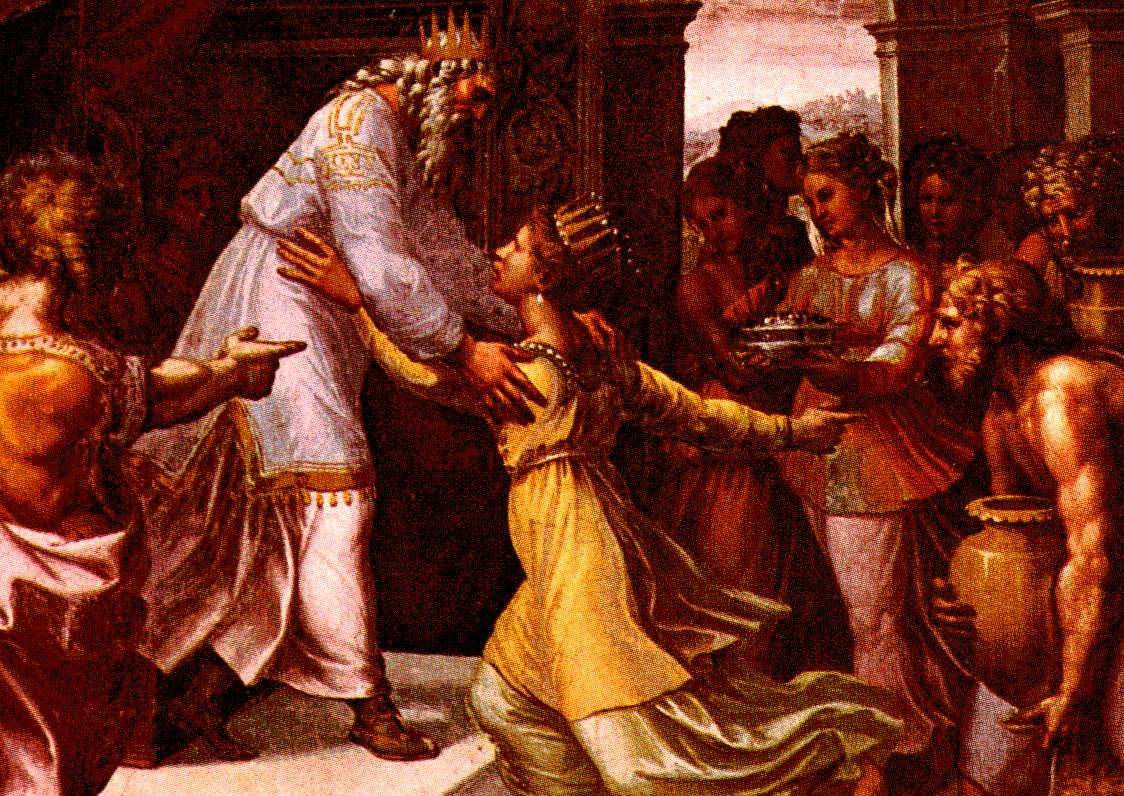
Queen of Sheba legend origins written in Ethiopians DNA
The Queen of Sheba is directly referred to in 1 Kings 10:1-2 and 2 Chronicles 9:1-13 and indirectly referred to as "queen of the south" in Matthew 12:4 and Luke 11:31. In addition to her wisdom, she was also known to be inquisitive and a seeker of wisdom, honing her quick wit with riddles and knowledge. In The Antiquities of the Jews.

The True Story Of The Queen Of Sheba
The Queen of Sheba is the Greta Garbo of antiquity. A glamorous, mysterious figure immortalized in the Bible and the Quran, celebrated in an oratorio by Handel, an opera by Charles Gounod, a.
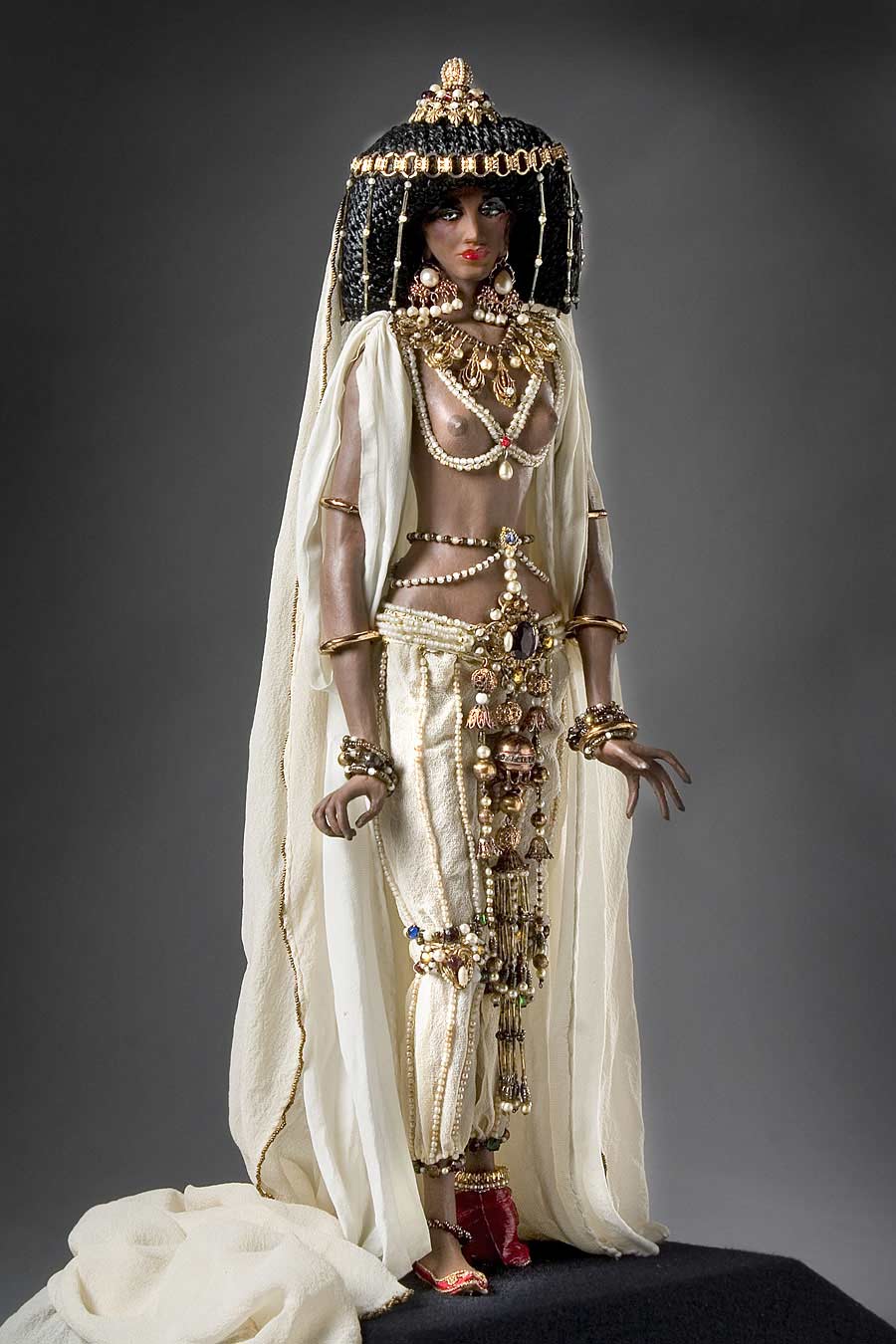
Queen of Sheba Nubian Personification of Wealth and Beauty.
In the 14th century, in the northern highlands of the Horn of Africa—present-day Ethiopia, Eritrea, Somalia, and Djibouti—the story of King Solomon and the Queen of Sheba took on a new meaning.

Pin on Bible Paintings
What is the Story of Queen Sheba and where was she from? What questions did this powerful queen ask Solomon? What did the jinns have to say about her? Watch.
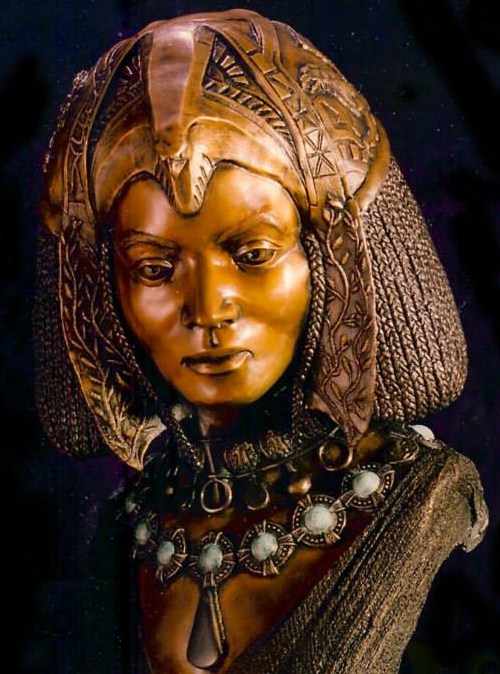
Ancient Beauty Secrets Of Biblical Or Mythical Proportions? Sola Rey
The story of the Queen of Sheba is found in detail in the Second Targum to Esther (literal translation of the greater portion by Grünbaum, l.c. pp. 211 et seq.). There, as in the Koran, it is the hoopoe that directed Solomon's attention to the country of Sheba and to its queen. The dust of that land was more precious than gold, and silver was.

Actress Halle Berry as Nikhaule, the Queen of Sheba, in the television film Solomon & Sheba
The Queen of Sheba - an exotic and mysterious woman of power - is immortalised in the world's great religious works, among them the Hebrew Bible and the Muslim Koran. She also appears in Turkish.
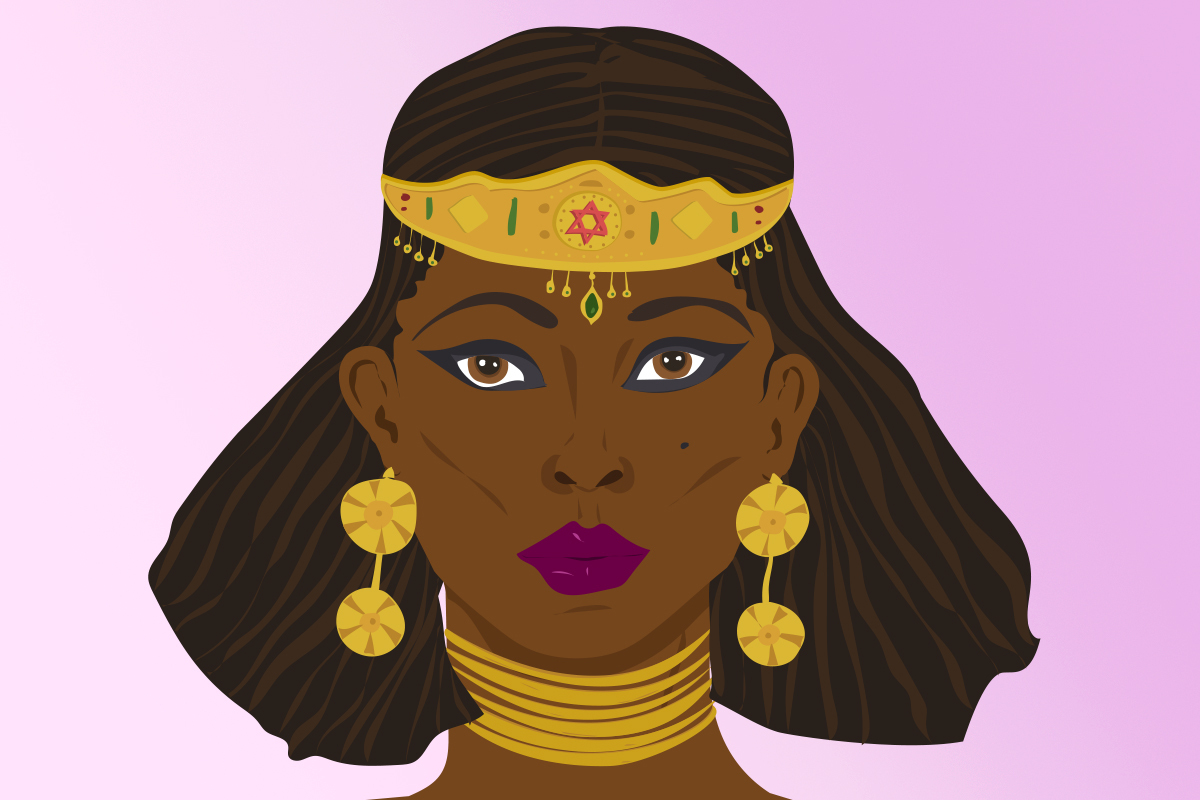
The Black Jewish Queen of Sheba You Probably Didn't Learn About in Hebrew School Hey Alma
Queen of Sheba (flourished 10th century bce) according to Jewish and Islamic traditions, ruler of the kingdom of Sabaʾ (or Sheba) in southwestern Arabia.In the biblical account of the reign of King Solomon, she visited his court at the head of a camel caravan bearing gold, jewels, and spices.The story provides evidence for the existence of important commercial relations between ancient Israel.

The Pictorial Arts The Queen of Sheba
The Queen of Sheba (Hebrew: מַלְכַּת שְׁבָא, romanized: Malkaṯ Səḇāʾ; Arabic: ملكة سبأ, romanized: Malikat Sabaʾ; Ge'ez: ንግሥተ ሳባ, romanized: Nəgśətä Saba) is a figure first mentioned in the Hebrew Bible.In the original story, she brings a caravan of valuable gifts for the Israelite King Solomon.This account has undergone extensive Jewish, Islamic.

Are Ethiopians descended from the Queen of Sheba? Literacy Project
Archaeological Evidence . Two primary strands of history connect to the Queen of Sheba, from opposite sides of the Red Sea. According to Arab and other Islamic sources, the Queen of Sheba was called "Bilqis," and ruled over a kingdom on the southern Arabian Peninsula in what is now Yemen.Ethiopian records, on the other hand, claim that the Queen of Sheba was a monarch called "Makeda," who.
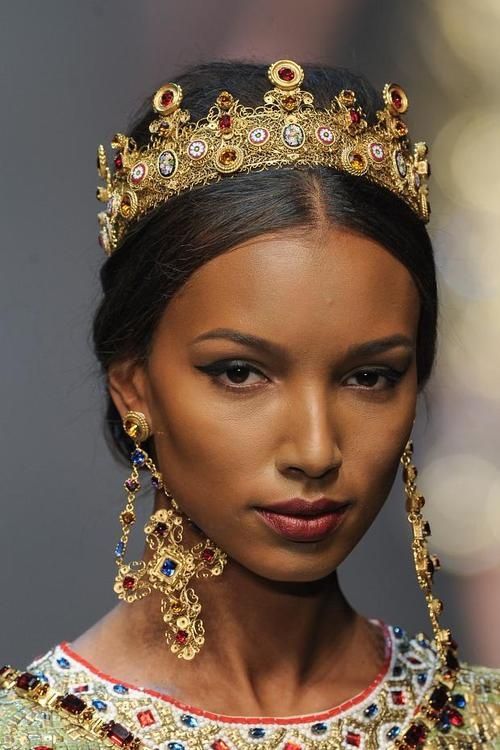
Seek (1 Kings 10 and 2 Chronicles 9The Queen of Sheba) Come Thirsty Ministries
The story of King Solomon and the Queen of Sheba appears in the biblical books of Kings and Chronicles: An unnamed queen from Sheba travels to Jerusalem bearing gold, jewels, and spices. A seeker of knowledge, the queen has a special interest in the reputedly wise Solomon and tests him with some "hard questions." Solomon meets the challenge and lavishes hospitality on the queen, who.

Queen of Sheba Makeda Pinterest
Join our mailing list. The biblical account of the queen of Sheba (I Kings 10:1-10, 13; II Chron. 9:1-9, 12) describes how when the queen of Sheba heard of the fame of Solomon, she went to Jerusalem with a great train of camels, bearing spices, gold, and precious stones, "to prove him with hard questions," all of which Solomon answered to.
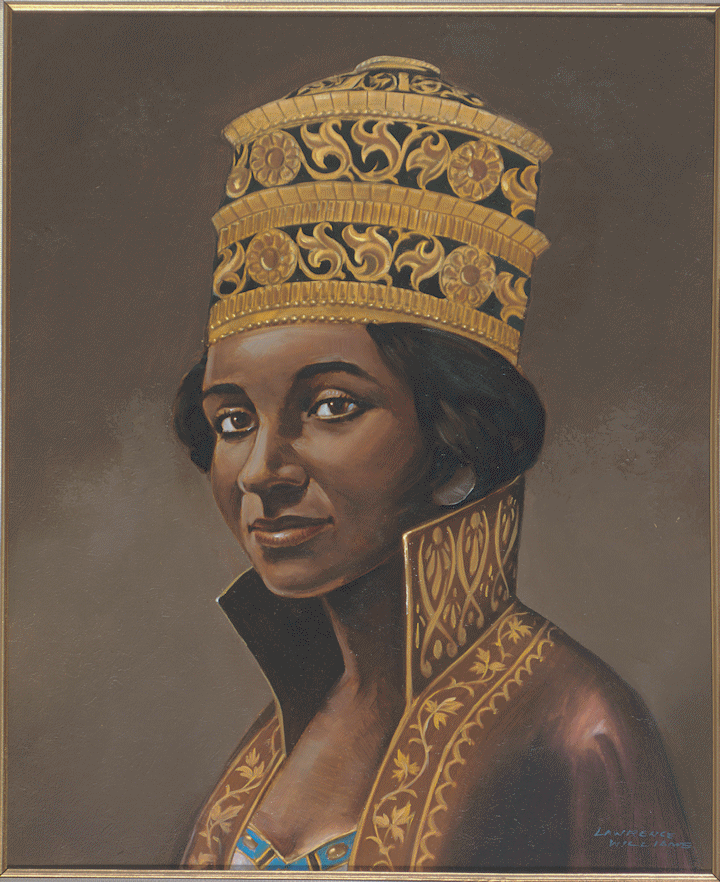
Pride & Journey Makeda, Queen of Sheba
The Queen of Sheba is the monarch mentioned in the Bible and then in later works who travels to Jerusalem to experience the wisdom of King Solomon (c. 965-931 BCE) of Israel first-hand. The queen is first mentioned in I Kings 10:1-13 and in II Chronicles 9:1-12 in the Bible, then in the later Aramaic Targum Sheni, then the Quran, and finally the Ethiopian work known as the Kebra Negast; later.

Who is the Queen of Sheba?
Sheba (/ ˈ ʃ iː b ə /; Hebrew: שְׁבָא Šəḇāʾ; Arabic: سبأ Sabaʾ; Geʽez: ሳባ Sabaʾ) is an ancient kingdom mentioned in the Hebrew Bible and the Quran.It particularly features in the tradition of Orthodox Tewahedo in today's Ethiopia and is also asserted as the home of the Queen of Sheba, who is left unnamed in Jewish texts, but is known as Makeda in Ethiopian texts.

Women of History Queen of Sheba
The Queen of Sheba is the Greta Garbo of antiquity. A glamorous, mysterious figure immortalised in the Bible and the Quran, celebrated in an oratorio by Handel, an opera by Charles Gounod, a ballet by Ottorino Respighi, and depicted in paintings by Raphael, Tintoretto, and Claude Lorrain, she remains tantalisingly elusive to the inquiries of historians.